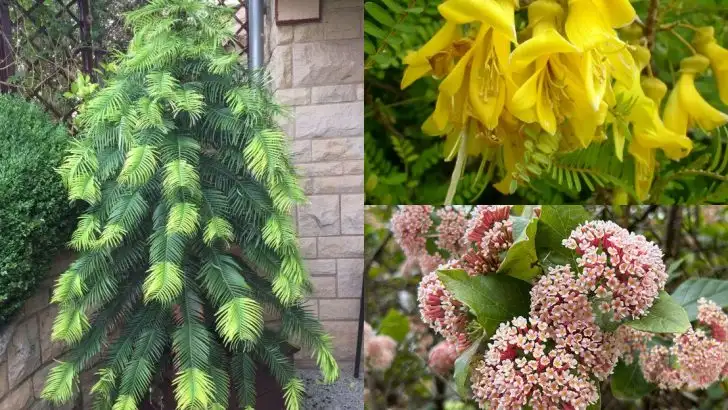Extinct in the wild but thriving in gardens, these plants defy fate. Nature’s lost treasures have found new life under our careful hands. Picture stepping into a garden where each bloom whispers a tale of survival. The delicate petals and aged leaves tell stories of resilience, of species that once vanished only to be resurrected in a nurturing space. This living sanctuary isn’t just a collection of rare beauties—it’s a vibrant museum of botanical history. Every specimen stands as a testament to nature’s stubborn will and our commitment to protect it. Let your garden become a stage for these legendary plants. Witness the marvel of life that refuses to disappear, and feel the thrill of keeping history in bloom.
Franklin Tree
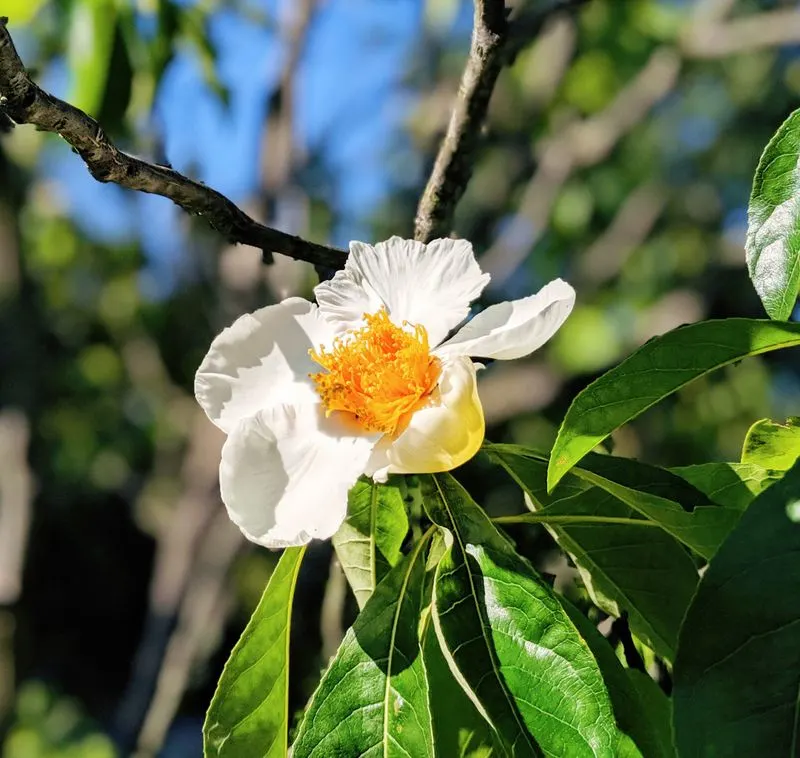
Imagine a tree with flowers reminiscent of snowflakes, lending a touch of elegance to any garden. The Franklin Tree, named after Benjamin Franklin, is cherished for its stunning white blossoms. Despite its extinction in the wild over 200 years ago, gardeners treasure this species for its beauty and history. Its delicate blooms and rich green leaves make it a striking centerpiece. Gardeners love cultivating it not only for its beauty but also as a nod to history. A reminder of nature’s fleeting beauty, it thrives in well-drained soils.
Toromiro Tree
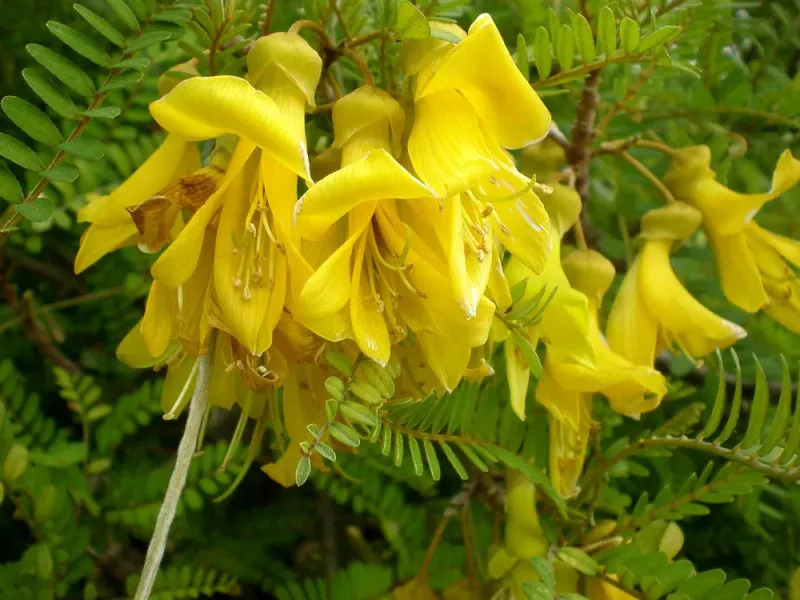
The Toromiro Tree once flourished on Easter Island, but deforestation led to its disappearance in the wild. Luckily, botanists have ensured its survival by growing it in gardens worldwide. Known for its vibrant yellow flowers, this small tree adds a splash of color to any landscape. Its historical roots on Easter Island add an element of mystery and intrigue. Today, it stands as a symbol of resilience and adventure, thriving in gardens and botanical collections across the globe under careful cultivation.
Wollemi Pine
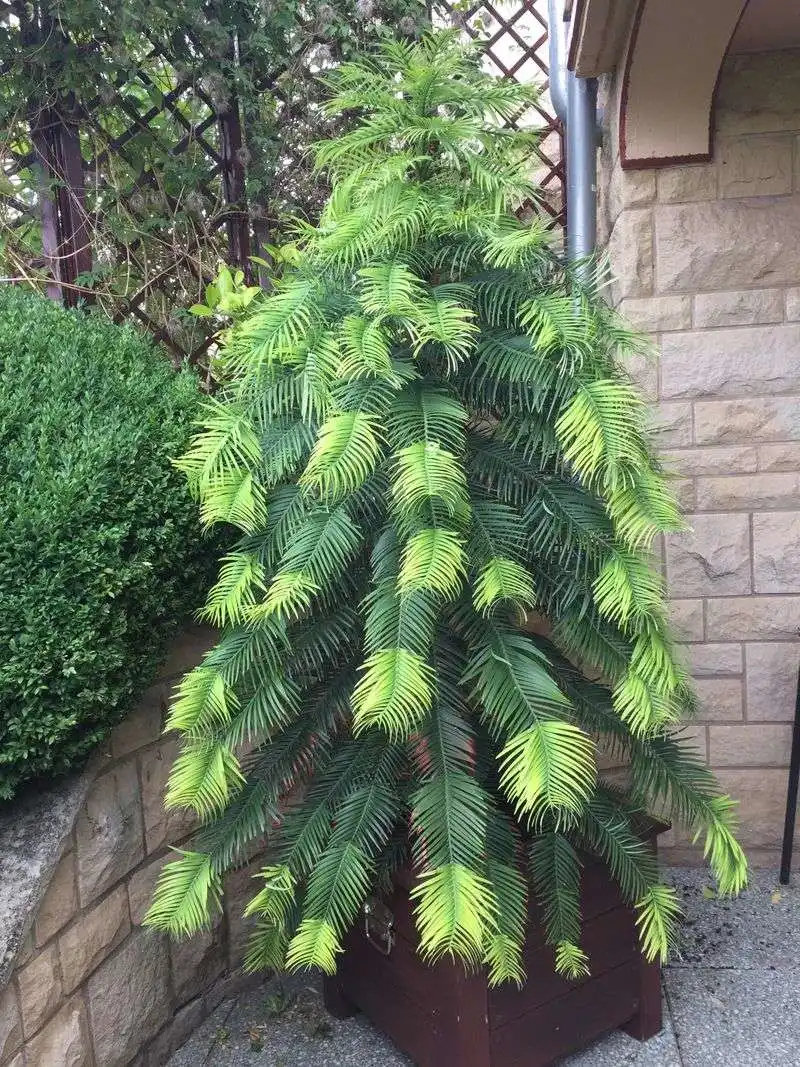
Often dubbed a ‘living fossil,’ the Wollemi Pine dates back to the time of the dinosaurs. Thought to be extinct until its rediscovery in Australia, this tree is now a prized possession in botanical gardens. Its dark green foliage and unique bubbly bark make it a fascinating sight. This tree offers a glimpse into the ancient world, standing as a testament to nature’s grandeur. Gardeners continue to nurture it, ensuring its legacy endures, as they cultivate it in gardens reminiscent of its prehistoric heritage.
Kalalau Trail Hibiscus
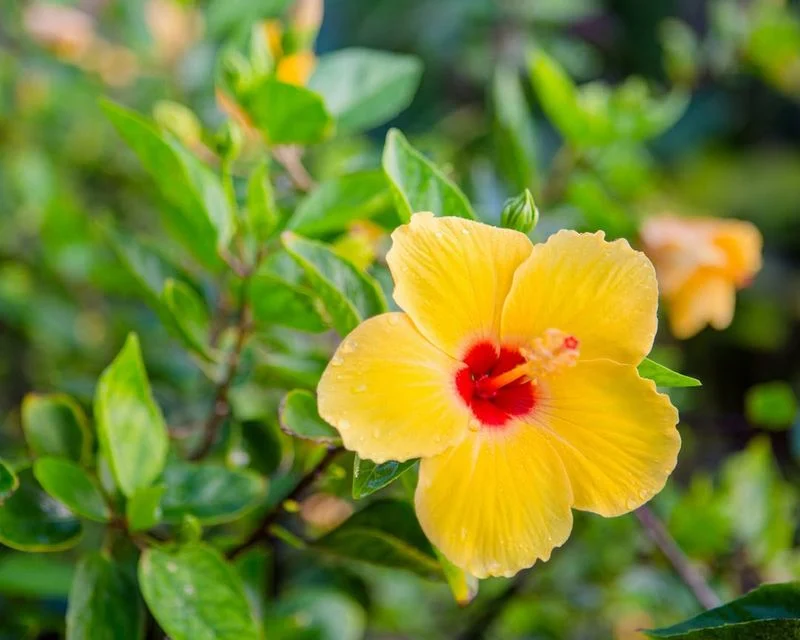
With petals as soft as velvet, the Kalalau Trail Hibiscus captivates all who see it. Native to Hawaii, it vanished from wild landscapes but remains alive and well in gardens. Its striking red blossoms glow like gems amidst the foliage. Garden enthusiasts cultivate it for its vivid color and rich cultural ties to the Hawaiian islands. Each bloom is a reminder of the island’s natural beauty, thriving under the care of dedicated gardeners who celebrate its unique charm and legacy.
Saint Helena Olive

In the subtropical gardens, the Saint Helena Olive stands as a silent witness to history. Native to the remote island of Saint Helena, it has vanished from its natural habitat but finds refuge in cultivation. Its understated beauty lies in its dainty white blossoms and evergreen foliage. Although it no longer grows wild, the plant is a living connection to the island’s botanical heritage. Gardeners nurture this olive with care, preserving its lineage and the whispers of stories from a distant land.
Mandrinette
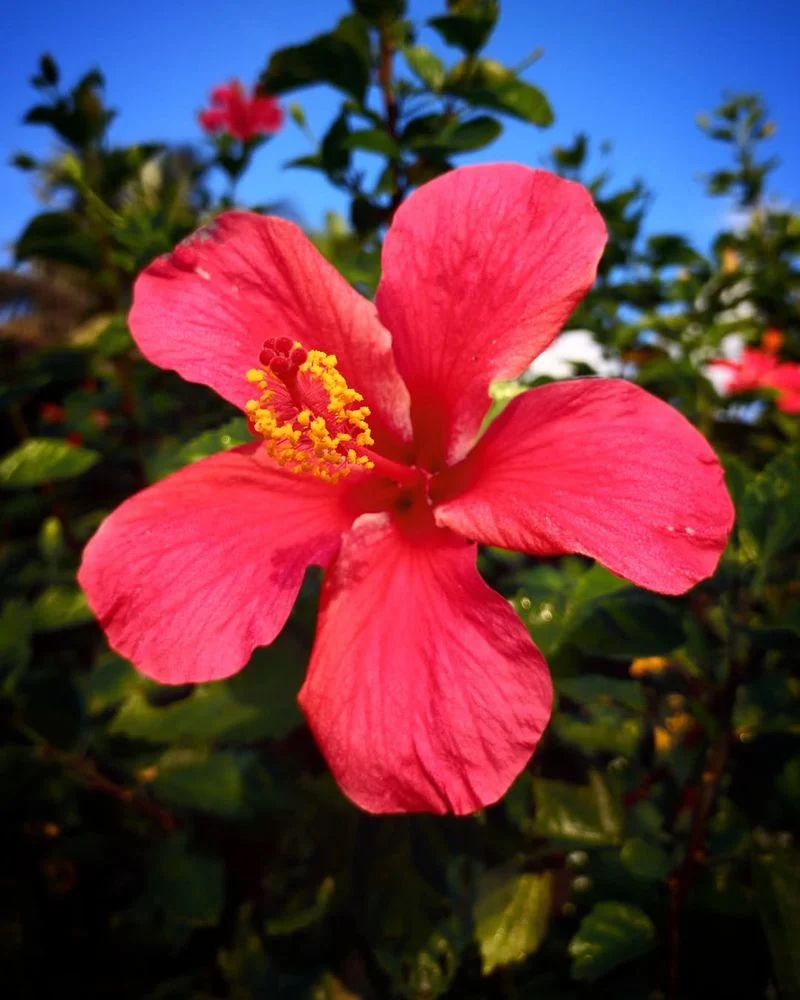
Adding a burst of pink to any garden, the Mandrinette is a sight to behold. This shrub, native to Mauritius, is critically endangered in the wild, yet gardeners around the world cultivate it with passion. Its striking pink flowers create a vivid contrast against its glossy leaves. The plant’s survival in gardens highlights the importance of conservation. Each bloom tells a story of resilience and beauty, capturing the hearts of those who tend to it and admire its colorful display.
Blue Mauritius
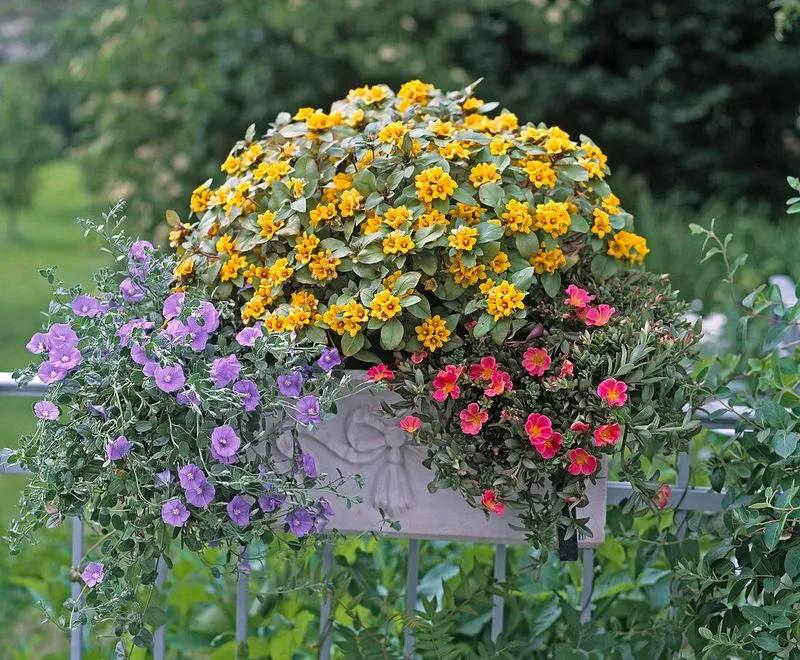
The Blue Mauritius plant, with its soft blue-green hue, is a living masterpiece. Native to the island of Mauritius, it has disappeared from its natural habitat but finds solace in gardens. Its unique coloration offers a soothing visual experience, captivating those who encounter it. Gardeners cherish this rare gem for its distinct beauty and the challenge it presents. Cultivating the Blue Mauritius is a tribute to the island’s vibrant flora, ensuring its unique allure continues to be appreciated.
Rondeletia
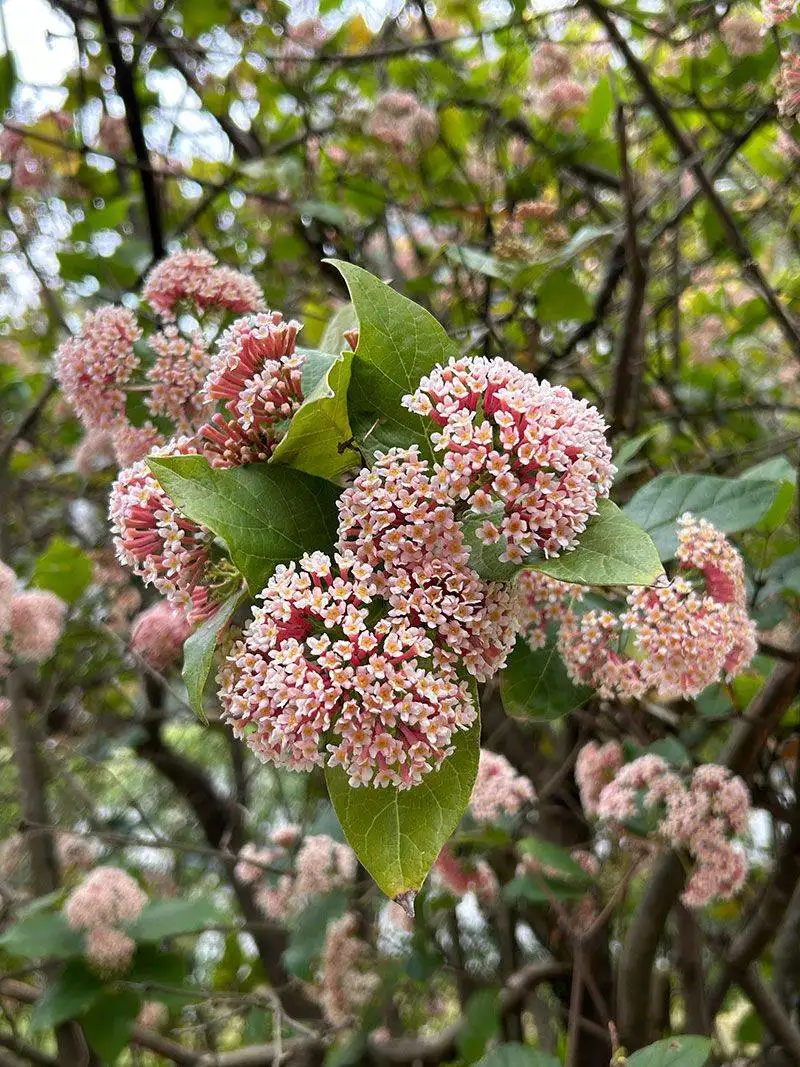
The Rondeletia, known for its clusters of pink flowers, adds a touch of cheer to cultivated spaces. Although extinct in the wild, its charm endures in gardens worldwide. This plant’s vibrant blooms and lush foliage create a captivating display that delights garden enthusiasts. Its presence in gardens is a testament to the dedication of those who refuse to let its beauty fade. Each flower cluster invites admiration, embodying the spirit of preservation and the joy of gardening.
Ascension Island Parsley Fern
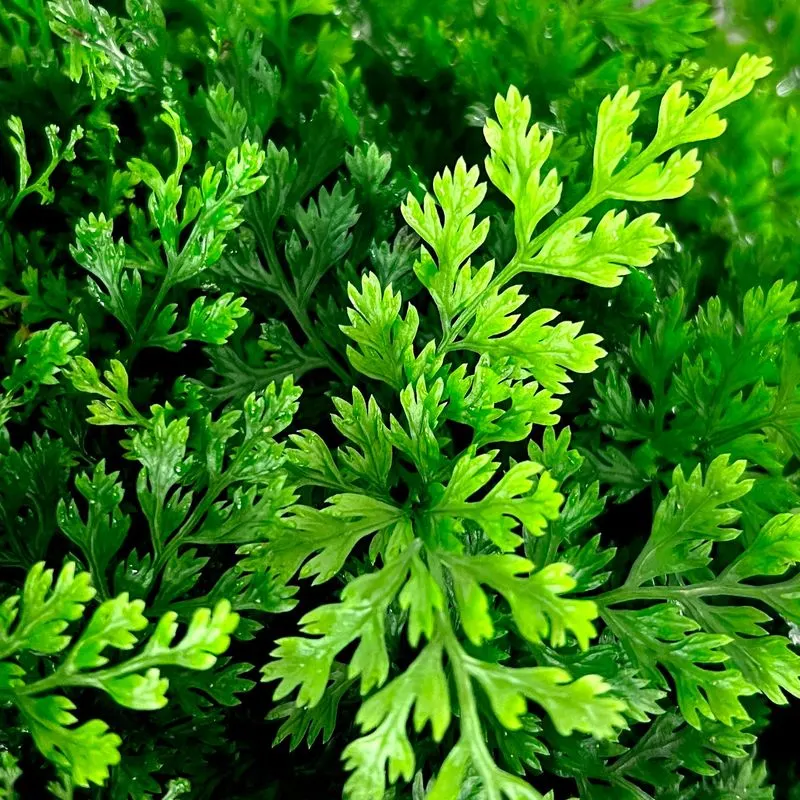
Delicate yet resilient, the Ascension Island Parsley Fern enchants with its feathery fronds. Extinct in the wild, it has found a new home in botanical gardens. Gardeners cultivate this fern for its unique texture and the sense of tranquility it brings. Its history on Ascension Island adds an exotic flair to its identity. Nurtured with care, this fern continues to thrive, providing a green sanctuary that honors its origins while highlighting the importance of preserving botanical diversity.
Chinese Silverbell
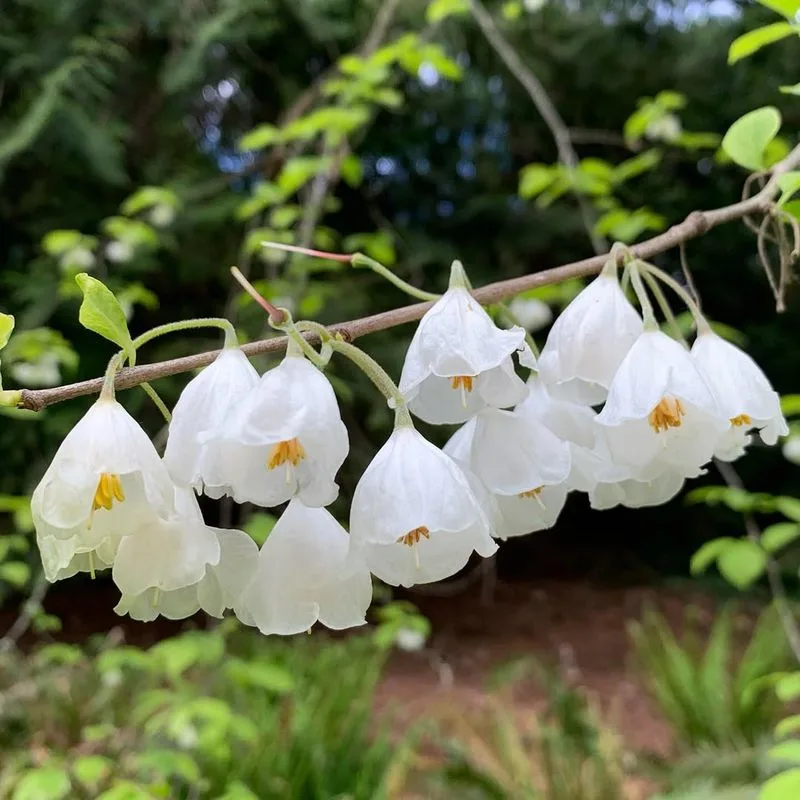
The Chinese Silverbell enchants with its graceful, bell-shaped flowers that dangle elegantly from its branches. Once a staple of the wild, this tree now finds refuge in curated spaces where its delicate blooms can be admired.
Gardeners are drawn to the Silverbell’s soothing presence, with its cascading flowers creating a tranquil atmosphere. This serene species symbolizes hope and preservation, thriving in gardens where it is cherished and protected.
With each flowering season, the Silverbell offers a gentle reminder of the beauty that once roamed untamed territories, now safeguarded within the bounds of human care.

